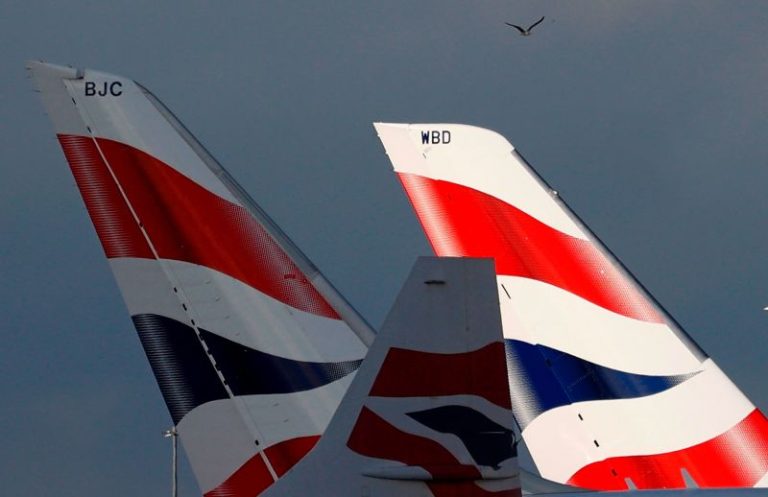British Airways is working to fix a “technical issue,” according to a spokesperson for the airline on Monday, as reports emerged on social media of flight delays and IT issues with the flag carrier.
“Our flights are currently operating, but are experiencing delays as our teams work to resolve a technical issue affecting some of our systems,” a British Airways spokesperson said.
Heathrow Airport, which is the airline’s main base in London, said it was working with British Airways to provide updates to passengers.
All other airlines are operating as normal at Heathrow, the Heathrow Airport spokesperson added.
British Airways’ website appeared to be down in the United Kingdom on Monday night local time and showed the error message: “We are experiencing high demand on ba.com at the moment. Thank you for your patience.”
Customers in the United States could access its site but received the same error message when trying to book a flight.
This is a developing story and will be updated.

